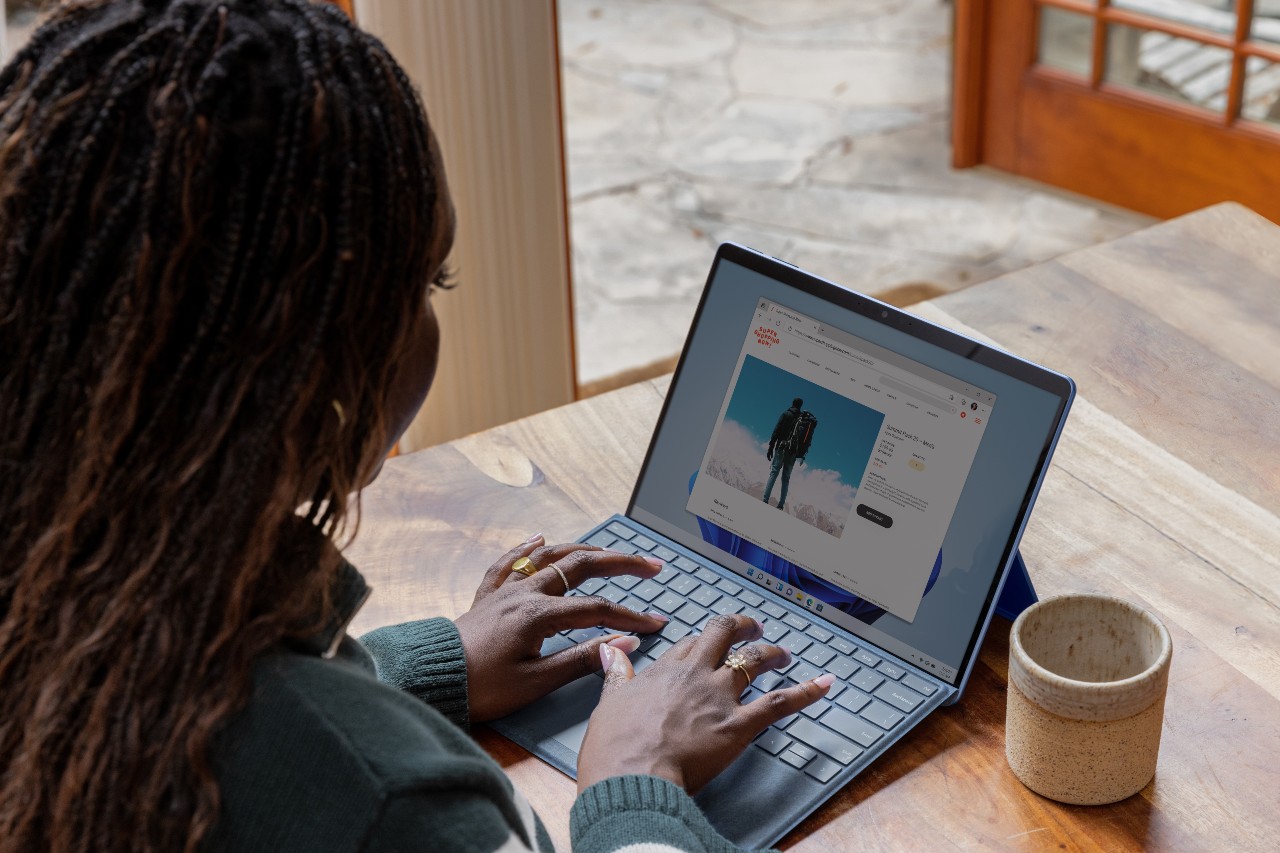UK staring down barrel of mental health crisis with working from home having significant impact.

A survey conducted by Health Assured, the UK and Ireland’s largest EAP provider, shows that the cost-of-living crisis and working from home are having a significant impact on mental health.
The company, whose services cover 16 million lives, has seen an alarming increase in the number of calls to their mental health hotline, with the number of urgent calls increasing by 26% over the last three years.
The survey of 5400 organisations across the country, suggests that this will continue to rise as the cost-of-living crisis deepens. Results show that:
91% of respondents expect financial pressures to have the biggest impact on mental health over the next 12 months, followed by workload / working long hours (52%) and threat of job cuts / redundancy (25%)
Just 19% believe that working from home has not had a negative impact on mental health.
30% of people in the north of England have personally experienced poor mental health while working from home, compared to 14% of those in the south.
40% of those under 30 said working from home has negatively impacted their mental health.
52% of employees over 30 have seen working from home negatively impact their colleagues’ mental health.
Bertrand Stern-Gillet, CEO at Health Assured, says “These results should ring alarm bells for all employers. The UK is currently staring down the barrel of a mental health crisis, and it is time to take action.
“Without a doubt, the COVID-19 pandemic has had a significant impact on mental health and changed the shape of the modern workforce. But as we move out of the pandemic and into the ‘new normal’, we wanted to see what the lasting impact on the mental health of the UK workforce is.
“Over the last couple of years, we have noticed a dramatic increase in the number of people reporting feelings of declining mental health due to isolation and wanted to understand what was causing this.
“The results clearly indicate that working from home could be a risk factor for poor mental health, with people reporting direct effects both in themselves and colleagues.
“With this in mind, we must take precautions to ensure the mental health of employees across the country is protected. Encourage employees to return to the office. Not only does working in collaborative environments help combat loneliness, it also means that employers are better able to see any changes in or signs that employees may be struggling with mental health at an early stage and put support measure in place. If employers do have people working remotely, small actions such as regular check-ins with managers, virtual social events and improved wellbeing support can also make a difference.
“The mental health crisis in this country is not going away any time soon.
“With 75% of respondents to our survey believing that they have adequate support in place to support the mental health of their employees, it appears that some businesses could simply be treating mental health as a tick box exercise.
“Offering early, meaningful support in the workplace could help address service gaps, support the NHS, look after employees’ wellbeing, and support those currently off on long-term sick leave back into the workplace.”






